Your fireplace in New Jersey is more than just a cozy feature, it’s a critical system in your home that must function safely and efficiently.
Excellent Reviews
Based on ~500 reviews


At the heart of this system is the chimney liner, an essential component that protects your home from heat, gases, and corrosion.
Ignoring your fireplace lining can lead to dangerous issues like chimney fires, carbon monoxide leaks, and structural damage.
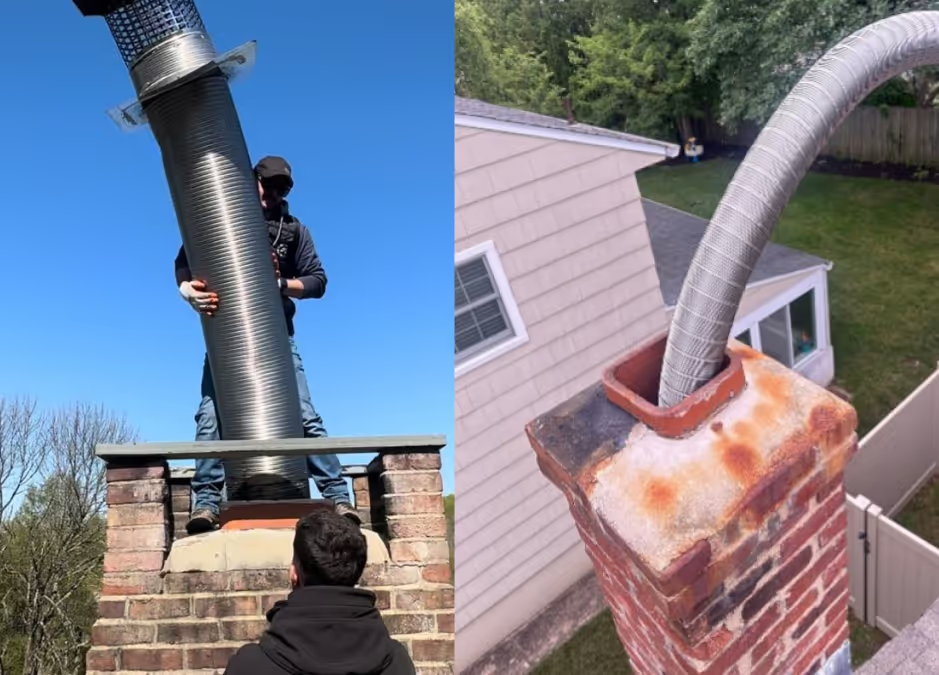
A chimney liner is a protective tube or layer installed inside the chimney flue. It serves to direct smoke and combustion gases safely out of the home while protecting the chimney walls from heat and acidic residue.
Different materials are used for liners, including clay tiles, stainless steel, and aluminum — each suited for specific fireplace types.



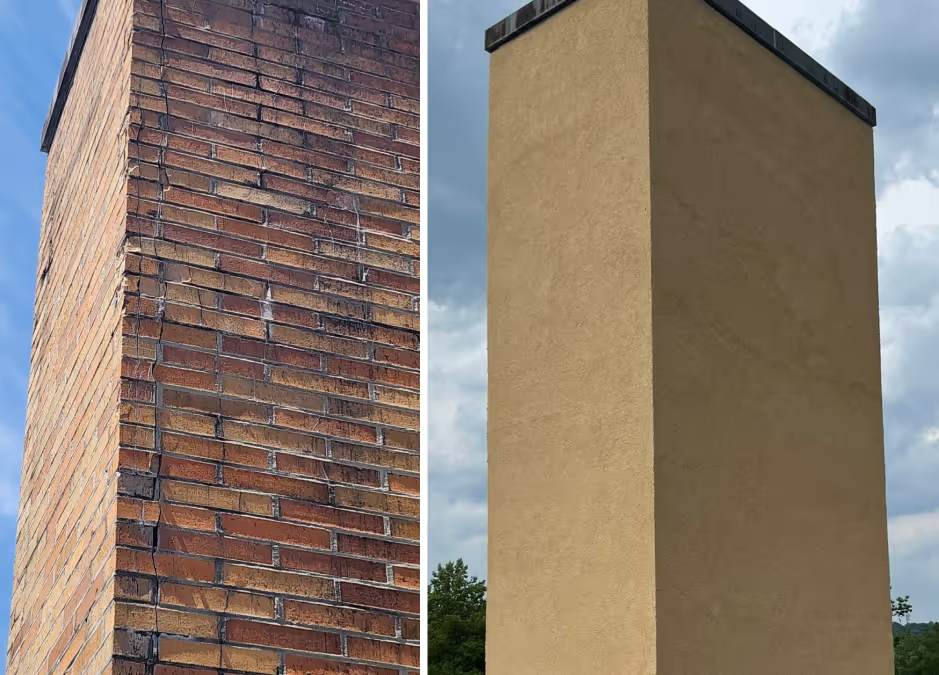


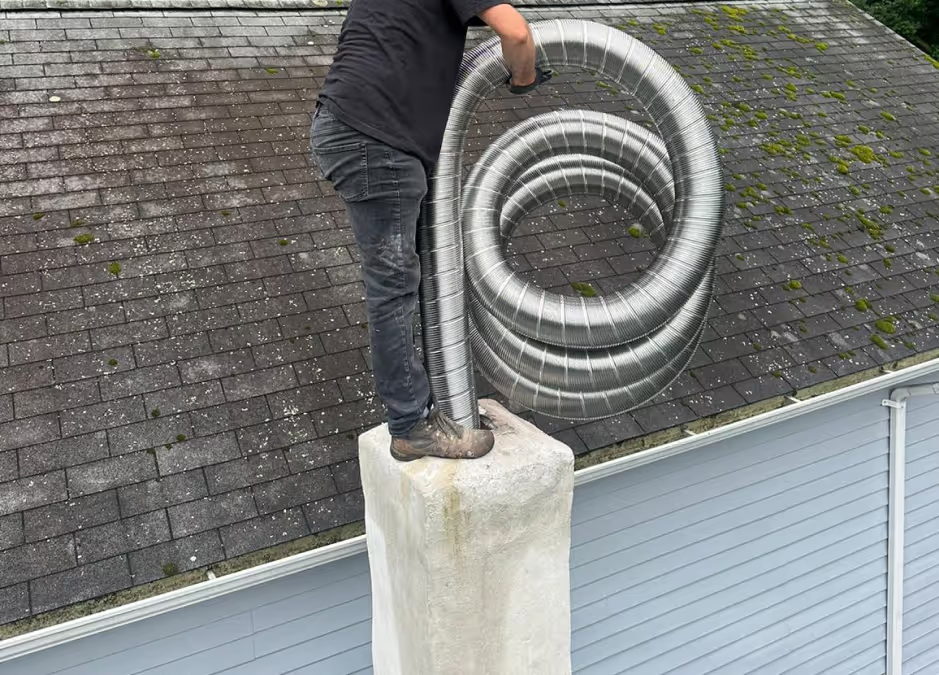
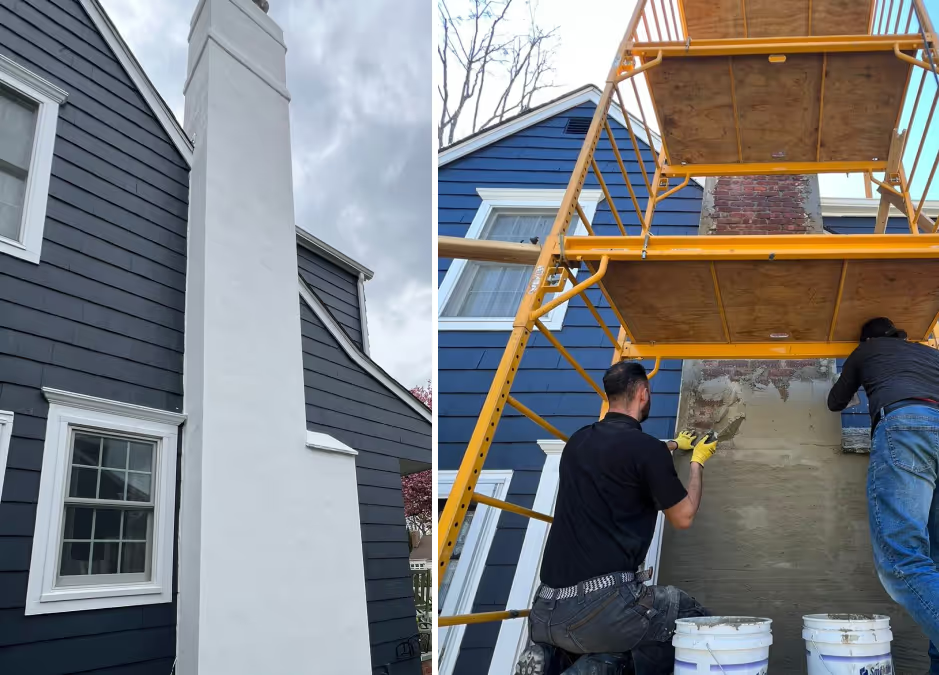
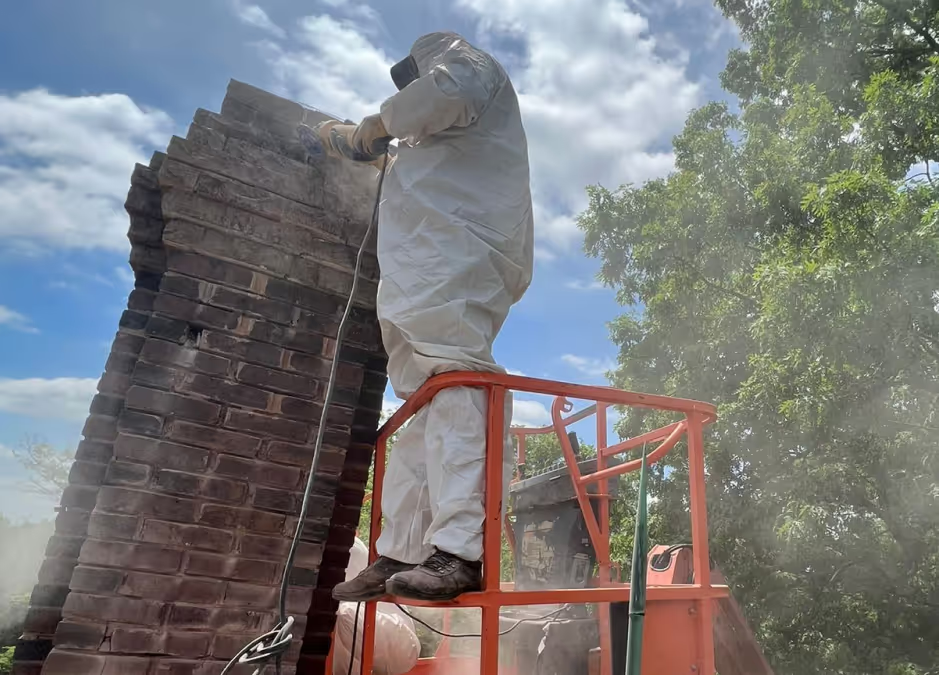

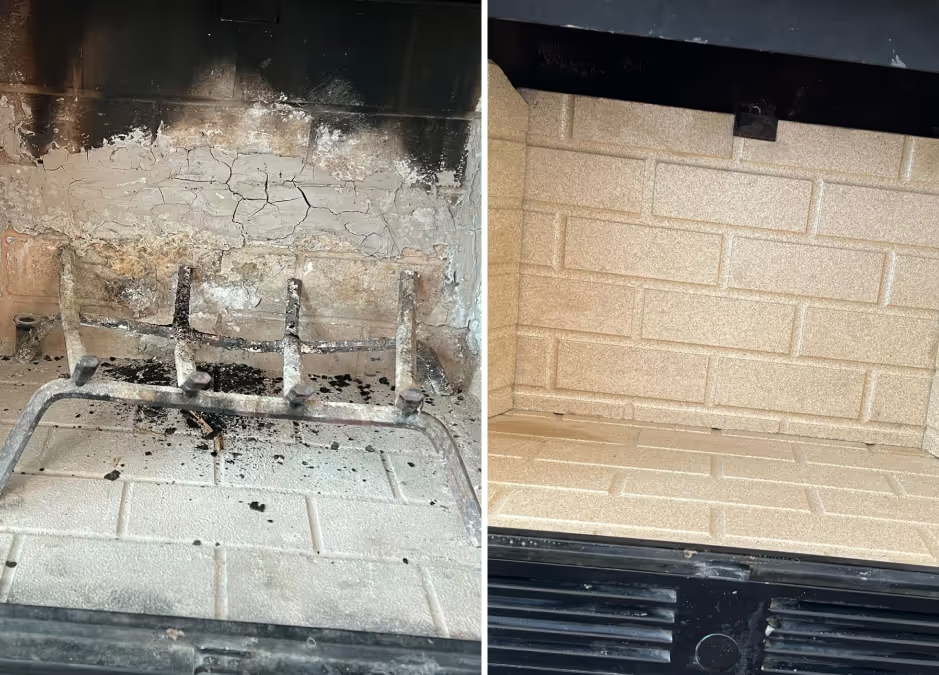

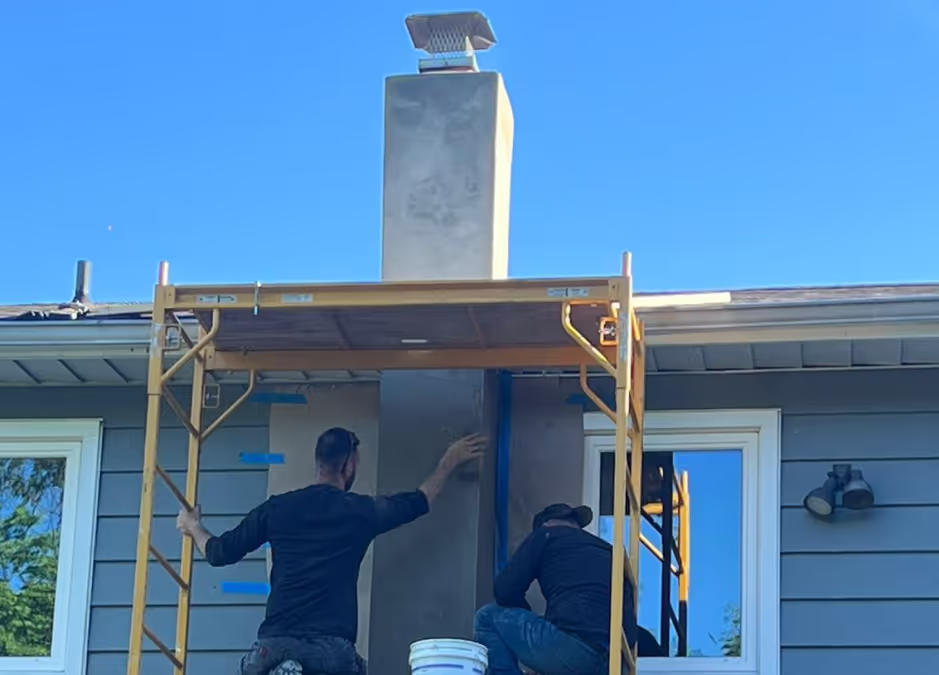
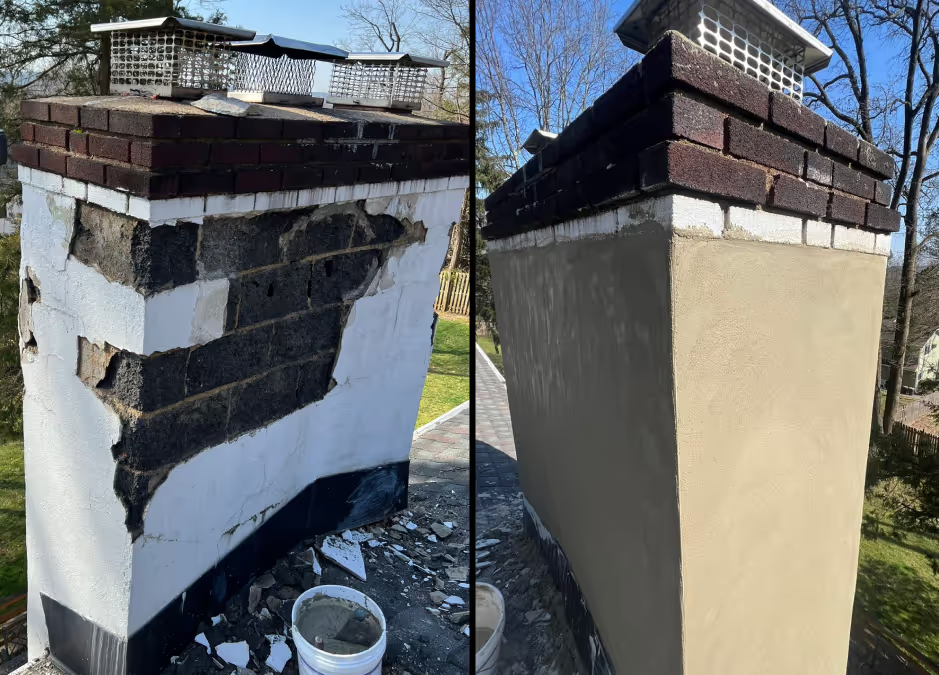

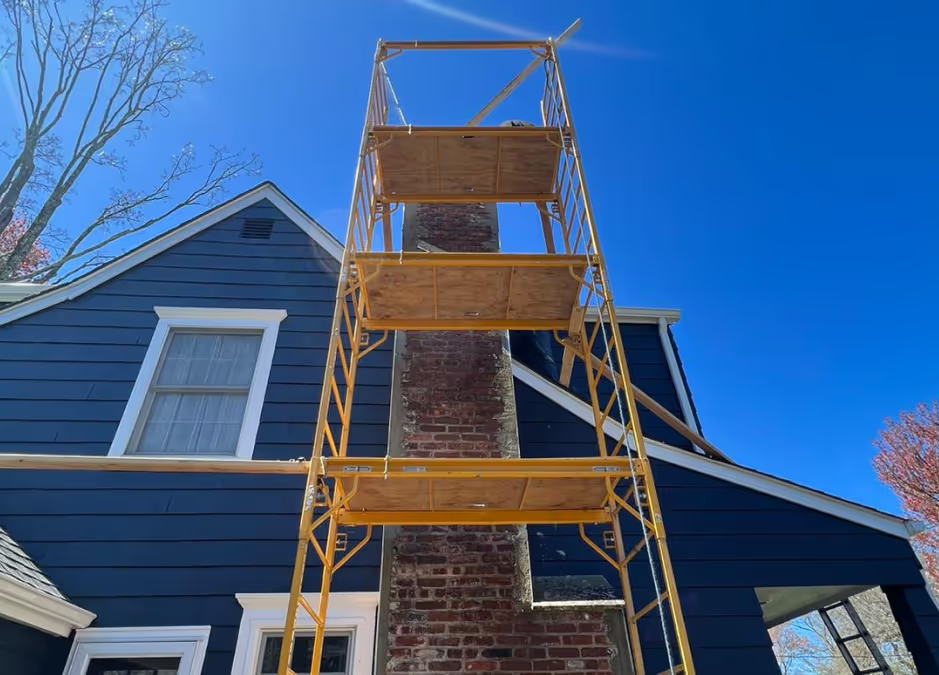

A flue sealer is a removable device placed inside the chimney flue when the fireplace is not in use. It helps block drafts, prevent cold air from entering, and reduce energy loss.
Flue sealers are simple to install and an affordable upgrade to make your home more energy efficient.
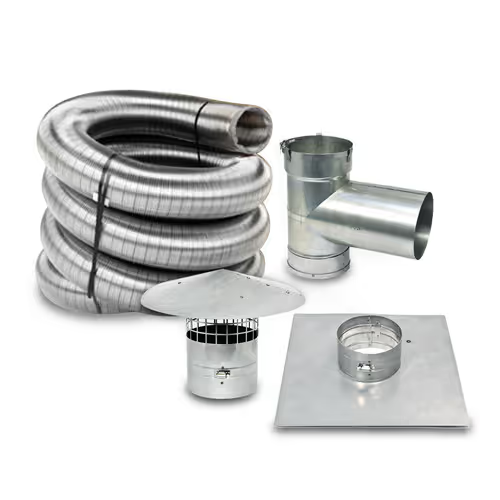
Stainless steel liners are considered the best option for relining chimneys due to their durability, resistance to corrosion, and ability to handle high heat. They are ideal for wood-burning, gas, and oil appliances.
It’s crucial to replace damaged bricks and seal the area to prevent further weather damage.
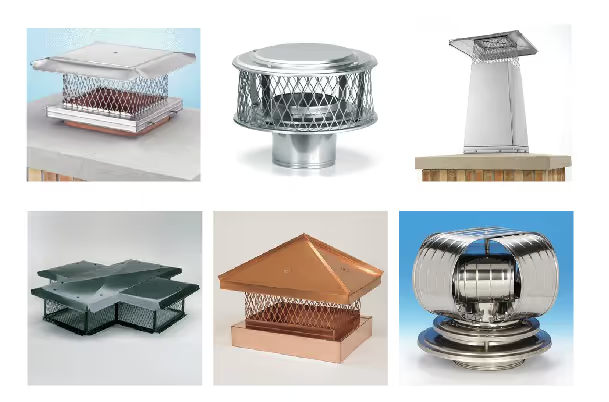
A galvanized chimney cap covers the flue opening to keep rain, animals, and debris out. While not as corrosion-resistant as stainless steel, they’re an affordable and functional option for many homeowners.
Properly installed caps extend the life of your chimney and prevent costly damage caused by moisture or nesting birds.
It protects your home from heat and harmful gases while improving fireplace efficiency and safety.
Signs include poor draft, smoke backing up, or unusual odors when using the fireplace.
Stainless steel liners are durable, corrosion-resistant, and suitable for most fuel types.
Yes, many flue sealers are DIY-friendly, especially magnetic or inflatable versions.
At least once a year during a professional chimney inspection.